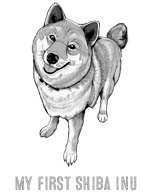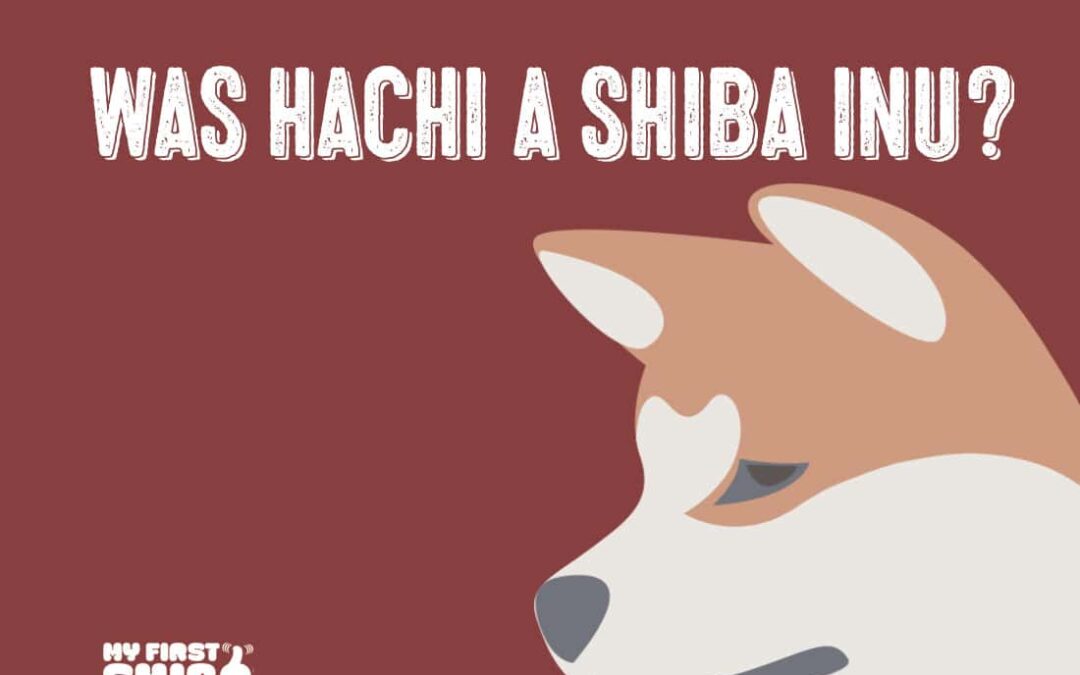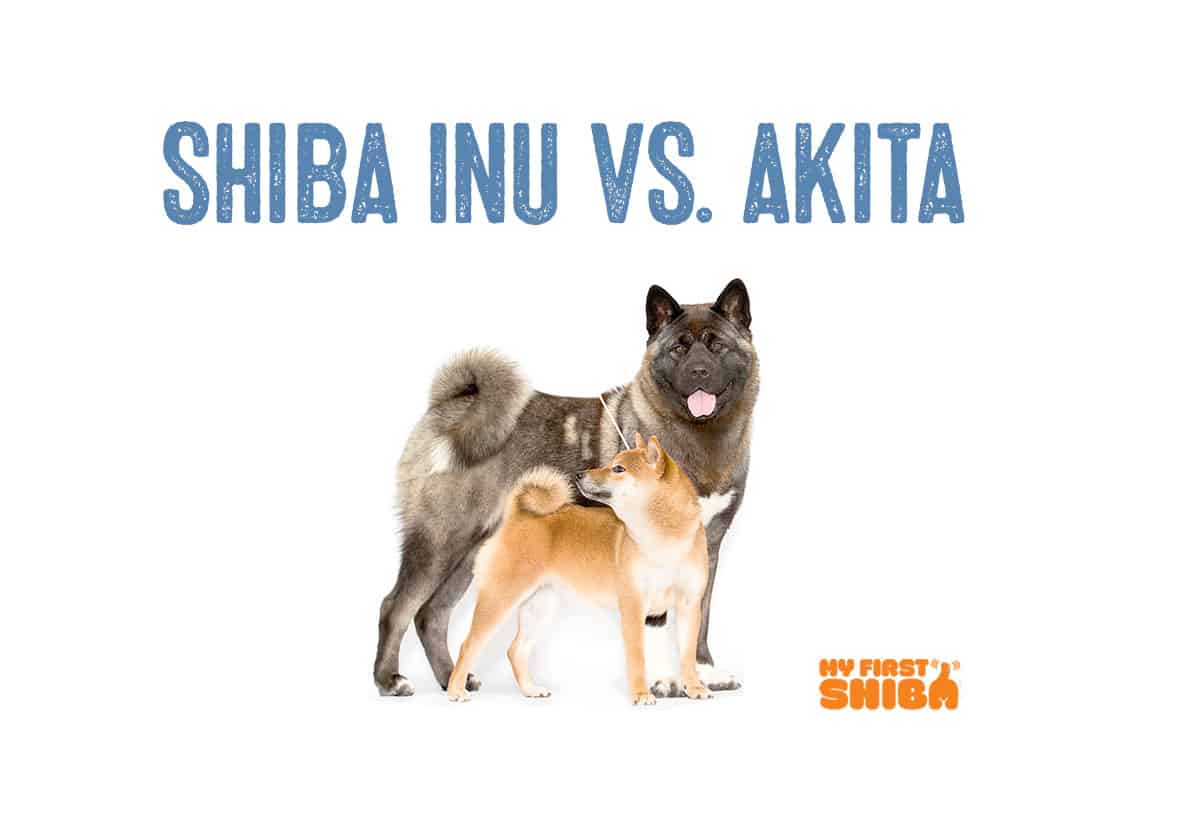On occasion, our posts contain affiliate links. However, we only recommend products that we truly believe in. For more information, visit my privacy policy page.
Phew, this website is a labor of love and largely a one-woman show so unless indicated, all articles written by J.Tsukamoto
One of the best movies to highlight the human-dog bond is Hachi which stars Richard Gere, a university professor that buys an adorable dog whom he names Hachi, which was a popular name in his province at the time.
Amazingly, this movie is based on a true story that happened in Japan in 1923. Hachi: A Dog’s tale (2009) is the American version / remake of the Kaneto Shindo’s 1987 film Hachikō Monogatari.
The story depicts the incredible love and loyalty of Hachi the dog to his dog owner that endured long past his owner’s unfortunate early passing.
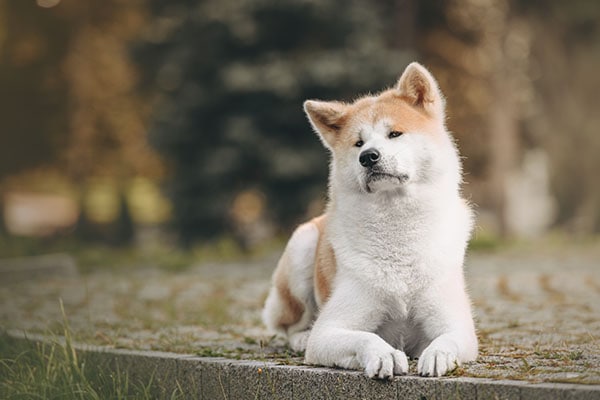
A true tear jerker, many dog lovers took interest in Hachi the dog, who was adorable as a puppy and beautiful as a grown dog.
In fact a stunning bronze statue of Hachiko still is proudly displayed at Japan’s famous Shibuya train station in Tokyo.
Many have wondered what breed Hachi was due to the fact that the breed is not a breed common outside of Japan.
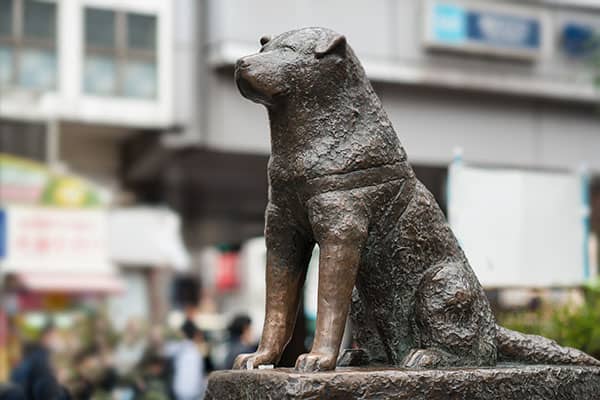
What Dog Breed Was Hachi?
The breed of Hachiko is a Akita Inu which is one of the six native and ancient dog breeds of Japan.
Many people thought that Hachiko was a Shiba Inu due to the similar looks and the fact that Shiba Inus are more well known than Akitas.
Both Shiba Inus and Akita Inus are native Japanese dog breeds, however the Akita is MUCH larger than a Shiba Inu - roughly three times or more larger.
But in the movie, a Shiba Inu dog was used to depict Hachi as a young puppy which shows that aside from size, Shibas and Akitas have similar foxy looks.
Fun fact. Although many believe the name Hachi is short for the name Hachiko - it isn’t. The “Ko” is actually a suffix used in certain instances that unless you’re Japanese, you won’t understand.
So it’s best to remember Hachi as Hachi, and not “Hachiko”.
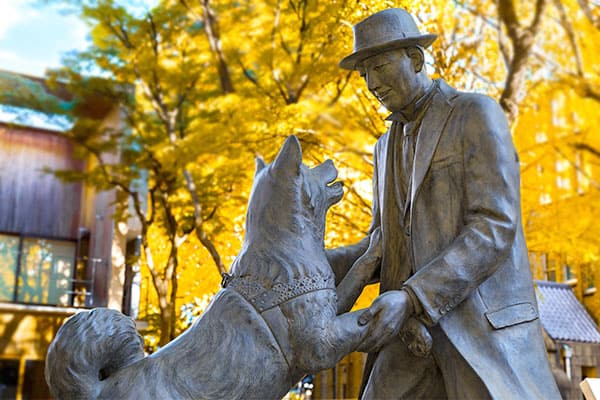

Thanks for visiting Myfirstshiba.com! We do our very best in providing our readers with awesome content about our beloved Shiba Inu breed. Some of our articles include reviews and recommendations to our favorite products. We do occasionally earn commissions from certain affiliate links that help support our work and mission. Thanks again for visiting. Shiba Kisses To All!
